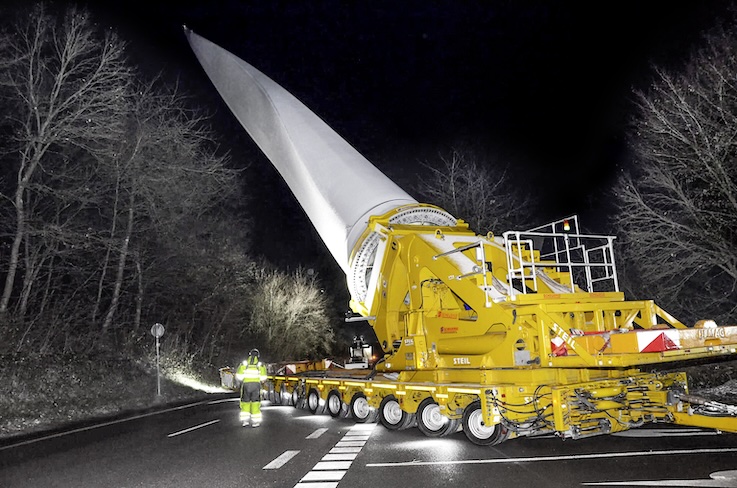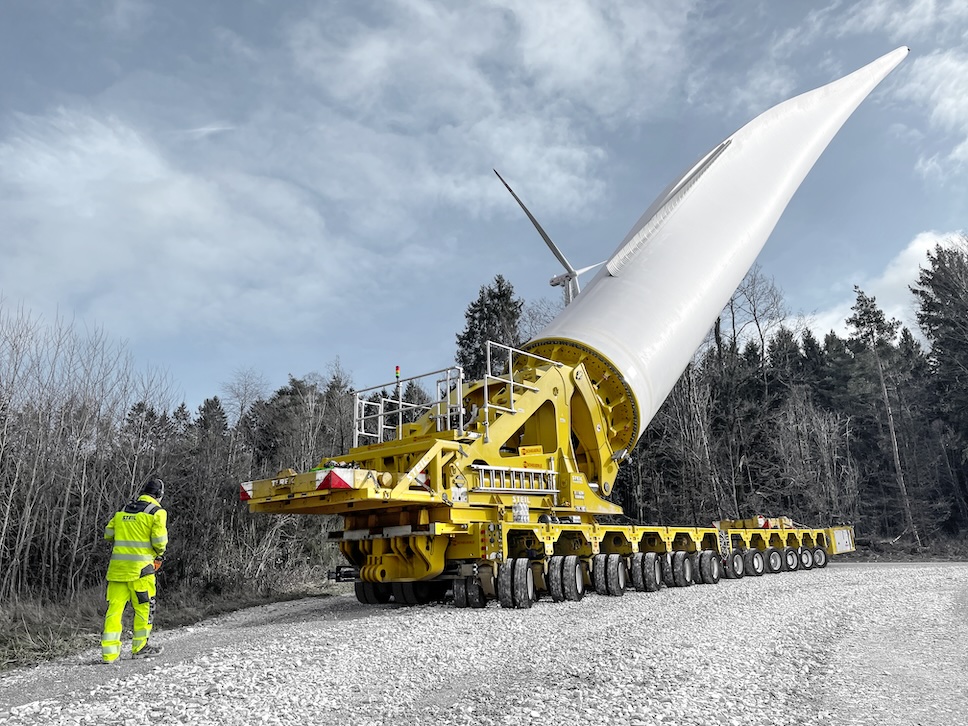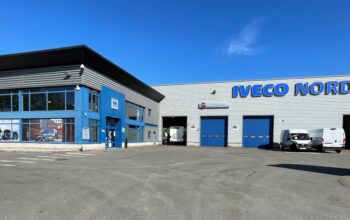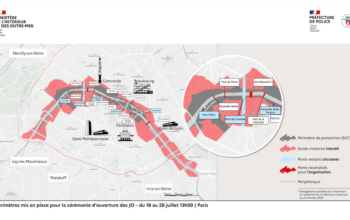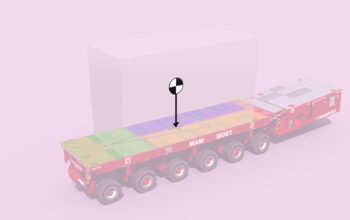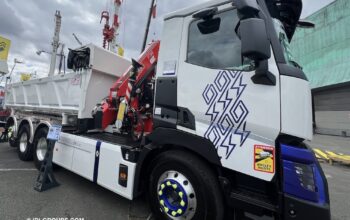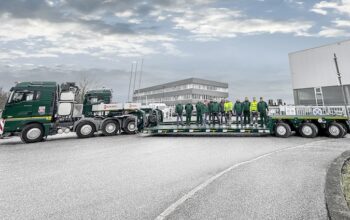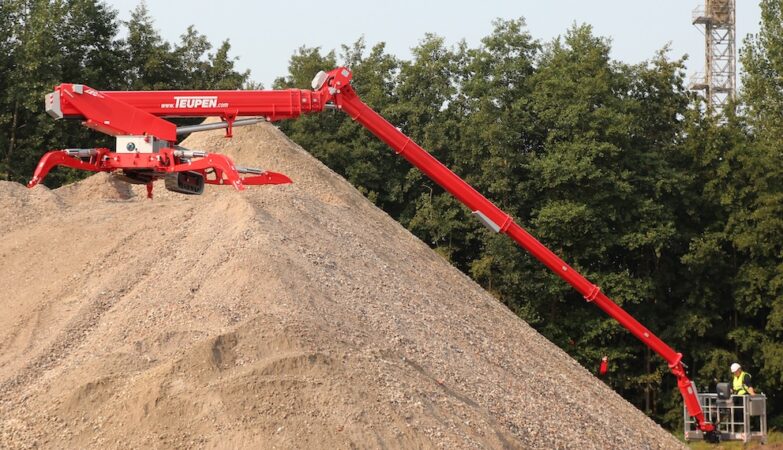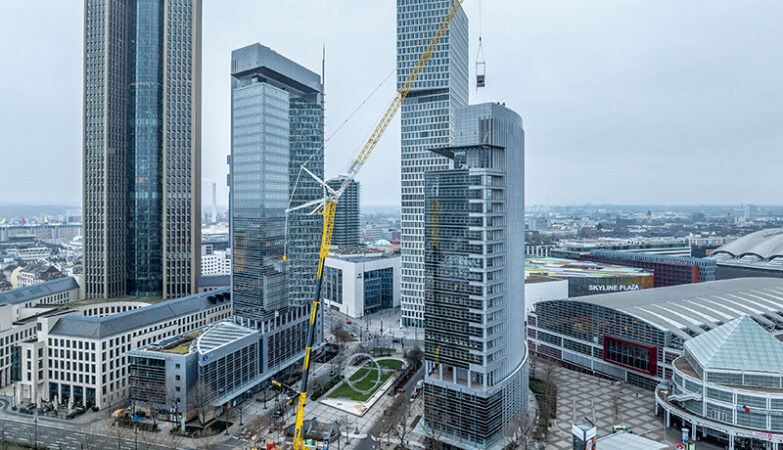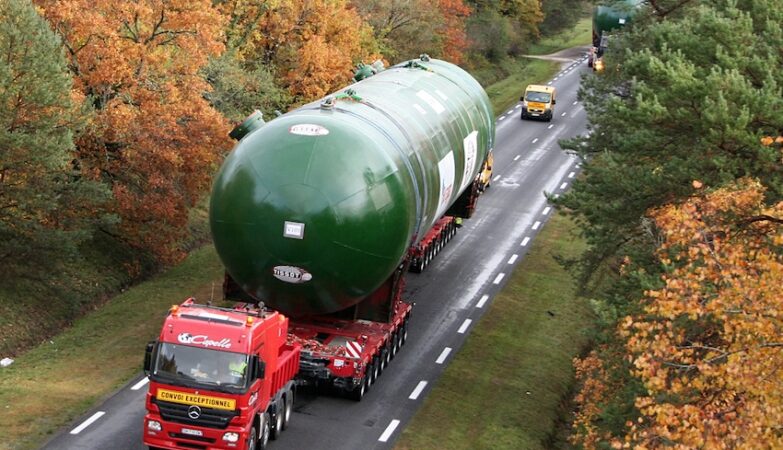Steil Kranarbeiten was impressed by the capabilities and advantages of the 4th generation Blade Lifter system developed by TII Group for transporting wind turbine blades. Daniel Schulz, team leader at this German company specializing in lifting and heavy transport, was impressed by the vehicle's stability and the system's adaptability: "The BladeLifter from TII Scheuerle drives really well. It's perfectly suited to this rotor blade, not least because we can also drive it with its maximum width of 3.49 meters, which guarantees a high level of transport safety given the dimensions of the load."

A 60° angle
The team leader was particularly impressed by the performance of the system used on a Scheuerle InterCombi TII self-propelled combination, configured from two to 6 axle lines. The BladeLifter guarantees up to 900 metric tons and a maximum angle of 60°. In the case of the 84-meter-long blade, the maximum load moment required during transport was 580 metric tons. This means that the system still has reserves for future blades, whose length continues to increase and can reach 100 meters. The high angle of attack of 60° guarantees the best possible manoeuvrability. The rotor blades can thus be swung over obstacles such as buildings and lane dividers. In avenues and wooded areas, this high angle of attack also reduces the number of branch removals and tree felling operations.
Especially since the BladeLifter G4 can be used in two widths, 3 m and 3.49 m. This enables a high level of driving stability and structural integrity when transporting large rotor blades, as well as more compact designs with a smaller footprint.
Adaptability
The adapter can also be easily adapted to different blade diameters, and has a new height adjustment feature that allows it to pass under bridges when loaded. Another advance in this latest generation is the optimized remote diagnostics and stability monitoring function. Thanks to remote diagnostics, fleet managers have access to all the transport solution's alerts.
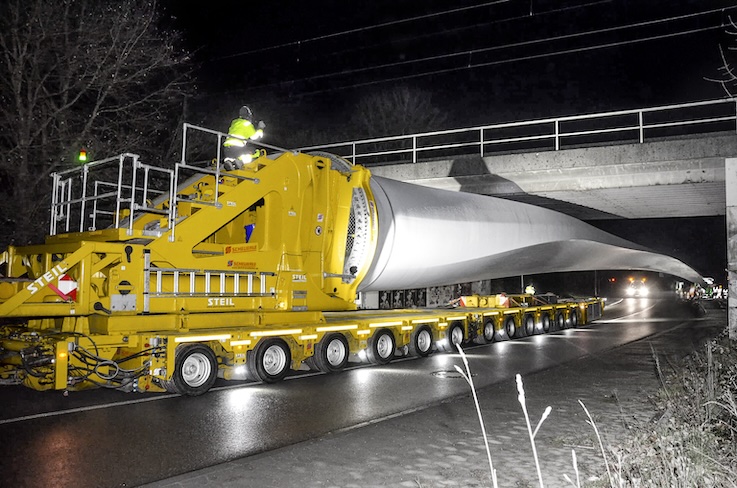
Last but not least, the new optical signaling system, consisting of four light signals attached to the outer edges of the transport, proves to be a particularly practical aid. Depending on the stability calculation, these luminous pylons - visible from a distance and within a 360° radius - signal to the operator whether the stability factor is optimal, or whether this needs to be remedied by raising the platform, for example, with different colors.
